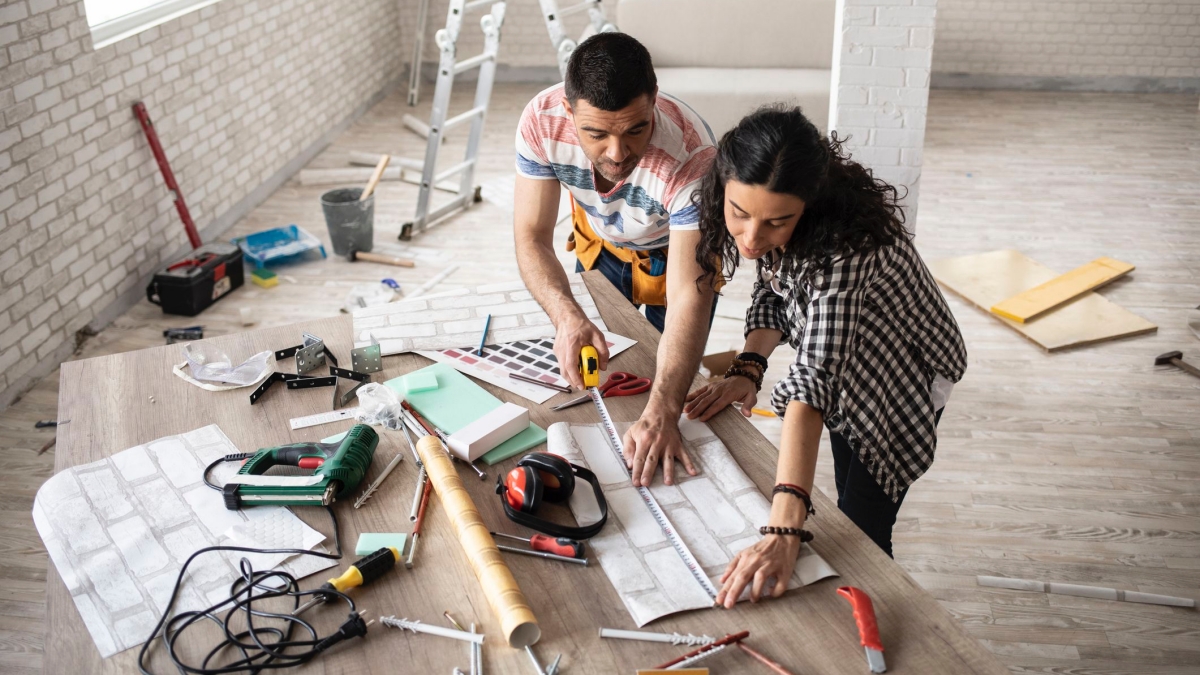
House flipping looks easy on TV. Someone goes out, picks a house, and before the end of the episode, it’s finished and resold. It looks easy because so much of the process isn’t shown and because the people doing it are professionals.
In real life, it’s a little more complicated. That doesn’t mean you can’t pick out the perfect house to sell for a tidy profit. House flipping is at a record high, with flipped homes selling at profits of $70,000 or more.
The tricky part is choosing the right house. You have to estimate what will do well and how much you’ll have to spend to update it. That can be difficult when you’re new to house flipping, and mistakes can be costly.
To help you have the best possible start, here are a few ideas on how to choose the right house to flip.
Table of Contents
Look For Cosmetic Issues
The goal with house flipping is to buy low and sell high. That means you need to look for cosmetic issues. Take on a fixer-upper that needs modernization but doesn’t require things like structural changes.
A fixer-upper will be much cheaper, giving you a bigger budget to work with for your redo. That also means you may not have to use all of your budget, which is why finding fixer-uppers is one of the standard tips in the beginner’s guide to flipping houses.
The cosmetic issues you’re searching for are things like outdated appliances, a bad design plan, old floors, windows in need of replacing, or bad paint jobs. These issues are relatively easy to fix, but many home buyers aren’t willing to take them on. That leaves the field open for you.
Focus On The Surrounding Area
You can update a house, but you can’t update the area. If possible, find an area that’s just starting to take off. A town that will be the center of attention a year from now is the perfect place to buy a flipper.
Research what stores, restaurants, and other amenities are in the community. You should also find out how good the schools are and how much crime is reported annually. These factors will help you decide if the area is a viable option.
Avoid houses that are a significant distance from a town or city. These will appeal to a much smaller audience and you could end up stuck with a flop.
Find Other Flips Nearby
When choosing the right house, you also need to look at the houses around it. Are there any other homes that have been flipped lately? If there are, you might be able to make a better estimate of how well your flip will do.
Find out how much other flips sold for, what upgrades were made to them, and what their original price was. This will give you valuable information about what works and what you shouldn’t do when flipping houses in the area.
If you run into multiple houses that have been flipped and are still on the market, that’s a sign that the area isn’t for you.
Keep Your Budget In Mind When Making An Offer
If you’re currently in the buying stage there are two things you need to do.
The first is to determine what you’re willing to pay for the house you’re considering. You need to be able to make a worthwhile profit after paying for the remodel, so get an estimate on how much that’s going to cost before making an offer.
If you already have that number, you’re ready for step two. Apply for a loan to cover your flip. A fix and flip loan will provide you the funds necessary to buy the house and do your remodel. Then when you sell, you can use some of the profit to repay the loan.
This type of loan works in a similar way to a mortgage, but in a much shorter span of time, as you’ll be reselling quickly. Terms usually start at 9 months and go up to 24 months, so you have time to get your property finished and sold.
After that, you can move on to your next flip.
If you keep these points in mind, you can choose the right house to flip this time and every time.